Rawthey bridge
Rawthey bridge
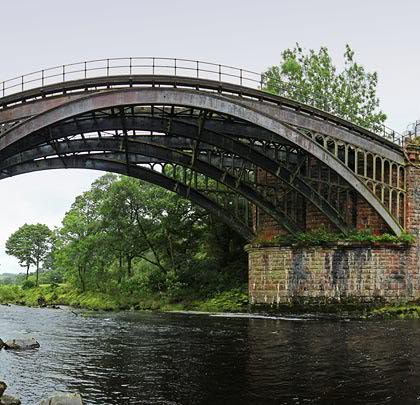
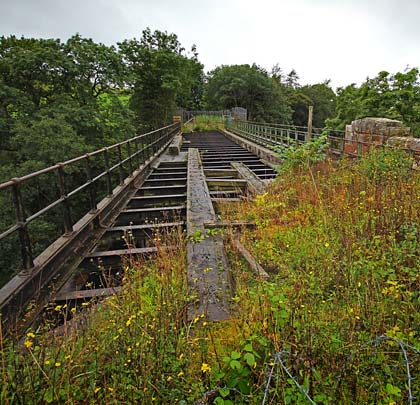
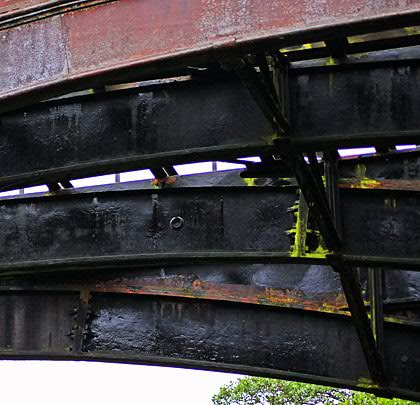
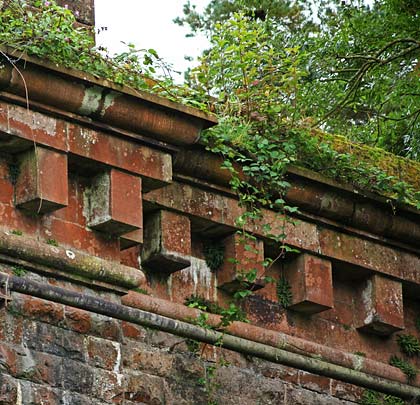
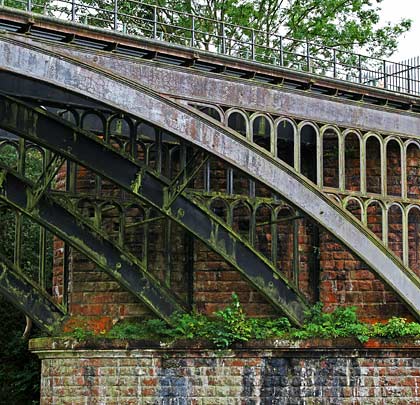
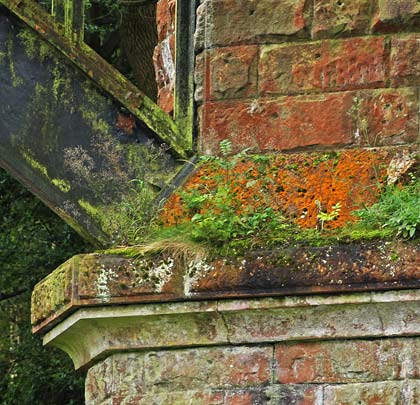
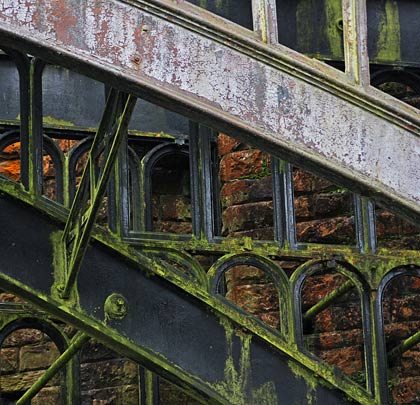







Incorporated in June 1846, the North Western Railway (NWR) intended to drive a route northwards from Skipton to meet the Lancaster & Carlisle Railway at Lowgill, providing a strategically important conduit for Yorkshire-Scotland traffic. Morecambe would be connected to this line via a branch which diverged at Clapham. The southern section opened, as far as Ingleton, on 31st July 1849.
A financial crash then brought railway construction to a halt across much of the country. Work was suspended on the Lowgill extension, attention instead being focused on the Morecambe branch. This single-track route opened in phases, culminating in a connection being made at Clapham on 1st June 1850. Thereafter it effectively became the main line, with the section to Ingleton closed less than a year after it had welcomed its first traffic. The NWR had mostly been doubled by the time of its acquisition by the Midland Railway in July 1874.
Following an acrimonious battle between the rival companies, the Lancaster & Carlisle Railway was granted Parliamentary authorisation to take over construction of the challenging Ingleton to Lowgill connection in 1857. Work started the following summer, engineered by John Errington and under the supervision of resident engineer Donald Campbell. Mr Buxton, Messrs Coulthard & Allen and Mr James Taylor all secured contracts for parts of the line. Measuring 19 miles in length, the extension incorporated a number a grand engineering feats including viaducts at Lowgill, Waterside and Ingleton, all now listed.
The route was passed by Colonel Yolland for the Board of Trade and opened to passengers in September 1861, although it was already in use for freight by this time. Passenger services were worked by the L&NWR which established its own station in Ingleton, separated from the Midland’s by the 265-yard viaduct. Common sense prevailed in 1862 when through services were introduced.
Near Sedburgh, the River Rawthey – marking the lowest point on the line – was spanned by an elegant single span bridge, 40 yards in length. This carried the line at a height of 50 feet above the river and is set at a skew of 38 degrees to it.
The structure is formed of four segmental cast-iron ribs, with connecting members and arcaded spandrels. Most of the deck is missing but a walkway has been installed to provide access to a gas pipeline which now runs along the west side of the structure. The substantial abutments are built from local pink sandstone and feature attractive ashlar copings, corbelling and string courses.
Regular traffic over the route ceased in December 1964 but it was retained for diversion purposes until 26th July 1966. The structure was given a Grade II listing in June 1984.







